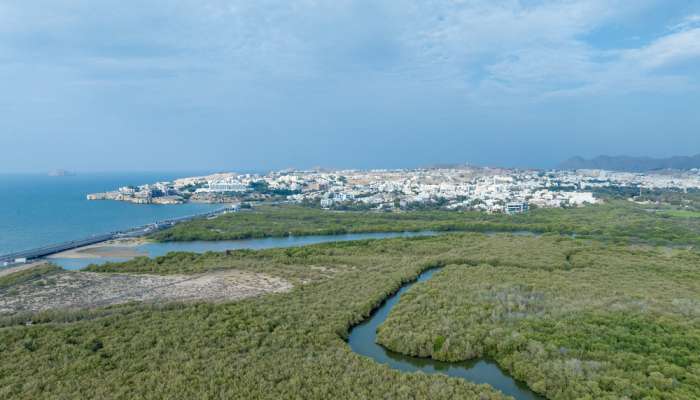Muscat: The total development of vegetation cover in the Sultanate of Oman reached 3.38 million trees in 2024, compared to 1.97 million trees in 2023, representing a growth rate of 71 percent.
Furthermore, forests in the Dhofar Governorate accounted for 4.7 percent of the Governorate’s total land area.
Data issued by the National Centre for Statistics and Information (NCSI) indicated that the number of wild animals and birds decreased by 5 percent, while the number of the Arabian Oryx dropped by 25.9 percent compared to the previous year.
The total number of nature reserves in Oman reached 32, constituting 5.6 percent of Oman’s total area.
The data also showed that the average maximum temperature in the Sultanate of Oman reached 32.9 degrees Celsius in 2024, compared to 32.8 degrees Celsius in 2023, while the minimum temperature remained stable at 25.4 degrees Celsius.
The average maximum humidity recorded was 72 percent, compared to 74 percent in the previous year.
Yanqul station in Al Dhahirah Governorate recorded the highest rate of solar radiation in May 2024, at 7,633.5 Watt-hours/m2, while Salalah Airport station in Dhofar Governorate recorded the lowest rate in July 2024, at 2,172.5 Watt-hours/m2.
In the waste sector, the engineered landfills operated by Be’ah (Oman Environmental Services Holding Company) received about 3.1 million tonnes of waste in 2024, compared to 3.0 million tonnes in 2023. Municipal solid waste constituted the largest share, totaling 2.56 million tonnes.
The amount of medical waste collected reached about 4.1 thousand tonnes, with the same amount of medical waste treated.
